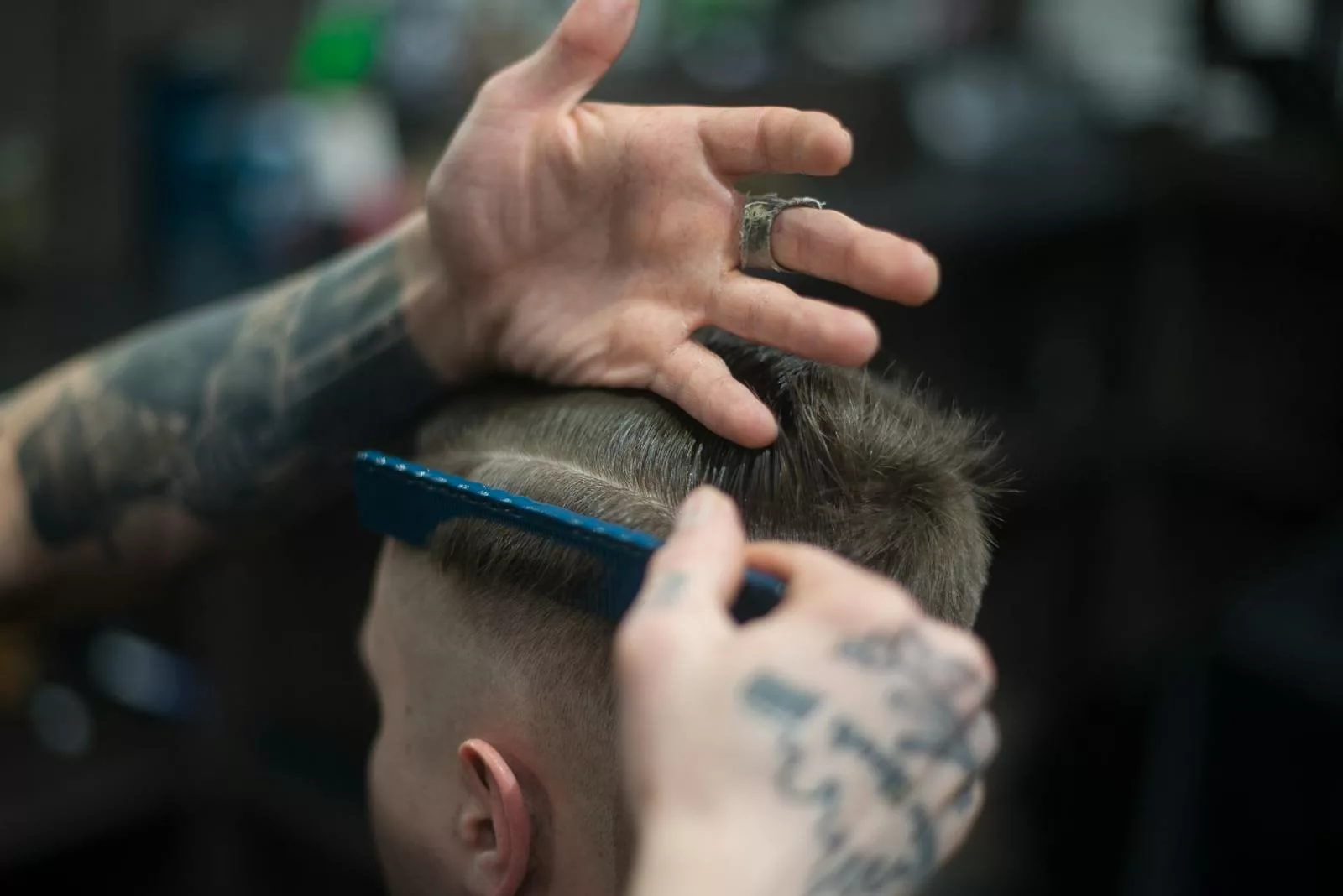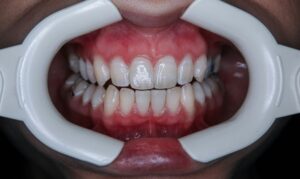Recovering from a hair transplant is an essential phase of your hair restoration journey. While the procedure itself marks a significant milestone, the steps you take during the recovery process play a pivotal role in achieving optimal results. Proper care and attention to your scalp and hair ensure the transplanted follicles grow strong and healthy, setting the stage for a fuller, natural-looking head of hair.
Post-transplant recovery involves more than just waiting for hair to grow. It’s about adopting practices that support healing, prevent complications, and maintain the integrity of your new hair. From dietary adjustments to avoiding harmful habits, there are numerous ways to nurture your scalp and promote robust hair growth.
In this article, we’ll explore practical and effective strategies to help you care for your transplanted hair and scalp, ensuring that your investment in hair restoration yields the best possible outcomes. These tips will empower you to navigate the recovery process with confidence and set you on the path to long-lasting success.
1. Eat a Balanced Diet
Ensuring your diet is rich in essential nutrients is one of the best ways to promote healthy hair growth after transplantation. Vitamins like A, C, D, and E, along with zinc, iron, and biotin, play crucial roles in nourishing the scalp and strengthening hair follicles. Incorporating a variety of fruits, vegetables, lean proteins, whole grains, and healthy fats into your meals ensures your body has the building blocks needed for vibrant hair. Foods such as salmon, eggs, spinach, and nuts are particularly beneficial for providing these key nutrients.
In addition to supporting hair growth, a balanced diet also enhances your overall recovery process. Nutrient-rich foods can improve scalp health, minimize inflammation, and support the production of keratin, the protein that makes up your hair. Staying consistent with healthy eating habits helps you achieve long-lasting results and ensures that your transplanted hair thrives.
2. Stay Hydrated
Proper hydration is critical for maintaining scalp health and supporting the recovery of hair follicles after a transplant. Water is essential for delivering nutrients and oxygen to the scalp, which promotes optimal growth and strength. Aim to drink at least 8-10 glasses of water daily to ensure your body remains well-hydrated. Proper hydration also helps maintain the elasticity of the scalp, creating an environment conducive to robust hair growth.
Incorporating water-rich foods such as cucumbers, melons, and oranges into your diet can further enhance hydration levels. Staying hydrated also aids in flushing toxins from the body, which contributes to healthier hair and skin. By prioritizing hydration, you not only support your hair transplant recovery but also improve your overall well-being.
3. Avoid Smoking
Smoking has a detrimental impact on hair health because it restricts blood flow to the scalp, limiting the oxygen and nutrients available to hair follicles. For individuals recovering from a hair transplant, this can hinder the growth of newly transplanted grafts and compromise results. Quitting smoking can significantly benefit your hair restoration process by improving circulation and creating a healthier environment for hair follicles.
Beyond its effect on circulation, smoking introduces toxins into the body that can damage collagen and reduce scalp elasticity. These factors can weaken the structural integrity of hair strands and slow recovery. Eliminating this harmful habit not only supports your transplanted hair but also benefits your skin, lungs, and overall health.
4. Manage Stress
Chronic stress can disrupt the hair growth cycle by causing more follicles to enter the shedding phase prematurely. This condition, known as telogen effluvium, can delay the progress of your hair transplant results. Incorporating stress management techniques like yoga, meditation, or deep breathing exercises can help calm the mind and reduce tension.
Engaging in activities you enjoy, such as painting, gardening, or spending time with loved ones, can also alleviate stress. Maintaining a relaxed state promotes hormonal balance, which supports the overall recovery of transplanted hair. Reducing stress not only enhances your emotional well-being but also creates a healthier environment for hair growth.
5. Get Sufficient Sleep
Sleep is a vital component of the body’s repair and regeneration processes, making it especially important during hair transplant recovery. While you sleep, your body works to restore damaged tissue, improve circulation, and regulate hormone levels, all of which contribute to healthier hair growth. Aim for 7-9 hours of quality sleep each night to optimize recovery.
Creating a relaxing bedtime routine can enhance your sleep quality. Avoiding screens, practicing mindfulness, and sleeping on a silk pillowcase can help create a conducive environment for restorative rest. Prioritizing sleep not only accelerates hair transplant recovery but also improves your overall physical and mental health.
6. Exercise Regularly
Engaging in regular physical activity boosts blood circulation throughout the body, including the scalp, ensuring hair follicles receive the nutrients they need to thrive. Cardiovascular exercises like walking, cycling, or swimming are particularly effective for promoting circulation and supporting hair growth. Strength training and flexibility exercises can also complement your recovery routine.
Exercise offers additional benefits, such as reducing stress and improving overall well-being, which indirectly enhances your hair health. However, it’s important to avoid strenuous workouts during the first few weeks after surgery to protect the transplanted grafts. Gradually reintroducing exercise under your surgeon’s guidance ensures a safe and beneficial approach to recovery.
7. Protect Your Hair from UV Rays
Excessive sun exposure can damage the scalp and hair, hindering the healing process and potentially weakening the transplanted grafts. To protect your hair from harmful UV rays, wear a wide-brimmed hat or use a UV-protection spray when spending time outdoors. These precautions not only shield your hair but also prevent sunburn on the sensitive scalp.
Incorporating leave-in conditioners or serums with UV filters can provide an added layer of protection. Avoiding outdoor activities during peak sunlight hours can further reduce the risk of damage. By taking these steps, you ensure that your transplanted hair remains healthy and resilient.
8. Avoid Harsh Chemicals
Hair care products containing harsh chemicals like sulfates, parabens, and alcohol can strip the scalp of its natural oils and weaken hair strands. Opt for gentle, natural products formulated to nourish and protect your transplanted hair. Look for ingredients like argan oil, coconut oil, and aloe vera, which hydrate and strengthen hair without causing damage.
Overuse of styling products or chemical treatments can also compromise hair health. Minimizing exposure to harsh chemicals ensures that your hair remains strong, shiny, and well-nourished, supporting the long-term success of your hair transplant.
9. Massage Your Scalp
Scalp massages are an excellent way to stimulate blood flow to the hair follicles, promoting healthier growth. Using circular motions with your fingertips or a scalp massager enhances circulation, delivering vital nutrients to the hair roots. Regular massages can also relieve tension and improve scalp elasticity.
To maximize the benefits, consider incorporating essential oils like rosemary or peppermint into your massage routine. These oils have properties that support hair growth and provide a soothing experience. Incorporating scalp massages into your self-care routine contributes to the success of your transplant and overall hair vitality.
10. Use a Silk Pillowcase
Silk pillowcases are a worthwhile investment for protecting your transplanted hair during the recovery phase. Their smooth surface minimizes friction, preventing breakage and tangling as you sleep. This gentle environment helps preserve the integrity of your hair and scalp.
Additionally, silk pillowcases retain moisture better than cotton, preventing dryness in both your hair and skin. By switching to silk, you create a nurturing environment that promotes healthier, more manageable hair.
11. Trim Your Hair Regularly
Scheduling regular trims helps maintain the appearance and health of your transplanted hair. Removing split ends prevents further breakage, ensuring that your hair looks polished and grows evenly. Aim for a trim every 6-8 weeks to keep your hair looking its best.
Trimming also gives you an opportunity to style your hair as it grows, boosting your confidence during the recovery process. Maintaining tidy ends contributes to a healthy, well-groomed appearance that complements your hair transplant results.
12. Limit Heat Styling
Excessive heat styling can damage the hair shaft, weakening its structure and leading to dryness, brittleness, and eventual breakage. Hair exposed to high temperatures repeatedly loses its natural moisture and protective oils, which are crucial for maintaining elasticity and strength. Tools like blow dryers, curling irons, and flat irons are common culprits, especially when used without a heat protectant. To preserve the health of your transplanted hair, it’s essential to limit the use of such tools, opting instead for air-drying whenever possible or using low-heat settings when styling is necessary.
When heat styling is unavoidable, always use a high-quality heat protectant spray or serum to create a barrier that minimizes damage. Additionally, incorporating a nourishing hair care routine that includes deep conditioning treatments and leave-in products can help counteract the effects of heat exposure. Protecting your transplanted hair from thermal damage not only preserves its health but also enhances its shine and resilience, ensuring long-lasting results.
13. Take Hair Supplements
Consulting with your doctor about hair supplements can provide an additional boost to your recovery process after a transplant. Nutritional supplements like biotin, collagen, and omega-3 fatty acids are known to support hair health by strengthening strands, promoting elasticity, and enhancing scalp nourishment. Biotin, in particular, plays a vital role in keratin production, a protein essential for hair structure and growth. Omega-3 fatty acids also offer anti-inflammatory benefits, ensuring that your scalp remains healthy and conducive to hair regeneration.
However, it’s important to remember that supplements should complement a balanced diet and not replace it. Always follow your healthcare provider’s recommendations and avoid over-the-counter products with unverified claims. A targeted, physician-approved supplementation plan can significantly enhance the success of your hair transplant, helping you achieve stronger and healthier results over time.
14. Avoid Tight Hairstyles
Tight hairstyles, such as high ponytails, braids, or buns, can place unnecessary tension on the scalp and hair follicles. This constant pulling can lead to traction alopecia, a condition where prolonged stress causes hair to thin or fall out, sometimes permanently. Post-transplant, your hair and scalp are particularly vulnerable, making it essential to avoid any styles that tug at the roots or create scalp discomfort.
Instead, opt for loose and protective hairstyles that minimize strain on your hair and scalp. Styles like soft ponytails, relaxed buns, or simply leaving your hair down can safeguard the newly transplanted follicles while still looking polished. Choosing gentle, non-damaging accessories, such as fabric-covered hair ties or scrunchies, further reduces the risk of pulling or breakage, ensuring your transplanted hair remains secure and healthy as it grows.
15. Consult with Your Hair Transplant Specialist
Regular follow-ups with your hair transplant specialist are critical to ensuring the success of your procedure. These appointments provide an opportunity for your doctor to monitor the progress of your recovery, assess the growth of your transplanted hair, and address any concerns you may have. Specialists can also recommend tailored products, treatments, or lifestyle adjustments that complement your specific needs, enhancing the longevity and effectiveness of your transplant results.
Moreover, open communication with your doctor fosters a collaborative approach to post-transplant care. If you experience any unexpected side effects, such as redness, irritation, or delayed growth, your specialist can provide solutions or interventions to address these issues promptly. Staying proactive with your follow-ups ensures that you’re not only on track for optimal recovery but also well-supported throughout your hair restoration journey.




